There have been more afternoons spent sifting through the last boxes we removed from my Mum’s house. So many photographs of holidays, events and people that mean nothing to me and sadly Mum no longer remembers them either. I start by being ruthless and binning them before an image distracts me and suddenly I’m down a rabbit hole of recalling family days out and fun times spent together, and all my good intentions go out the window. There are also more envelopes and stationery items such as paper clips, staples, scissors and notepaper than I will ever need in my lifetime, yet it feels wrong to throw them all away. Despite this, progress is being made and the number of boxes is gradually being reduced. And occasionally there’s an interesting discovery to be made.
In amongst a random folder of papers and photos mostly destined for the bin I found a pleasing image of a table on a sun drenched patio. On closer inspection I could see it was a limited edition print and then I found an accompanying letter, with details of the artist. I felt as though I was on an episode of ‘Fake or Fortune’ and immediately decided I would like to find out more. Full disclosure at this stage… I was under no illusion that I was in possession of a lost masterpiece, but I was intrigued nevertheless.
Back in the 1970s and early 1980s my Mum worked at the Tesco head office as a secretary to the wine buyer, let’s just call him Mr D. There were often stories of how he would regularly have a whole bottle of champagne on his desk, which he would drink over his lunch break. And of course back then it wasn’t unusual for Mr D to receive crates of wine from various buyers trying to secure a Tesco deal. Occasionally the secretaries would benefit from a bottle or two when the boxes piled up too high. I also worked in the head office doing temp work during the holidays although I never got to work for Mr D, but I did do a stint for the biscuit buyer. If I was lucky I would get a custard cream with my morning coffee… no bottles of wine for me.
In the discovered letter addressed to Mr D and dated 12th December 1980, a company called French Regional Wine Shippers expressed their pleasure in enclosing their annual calendar incorporating a signed print by the artist Virginia Powell, which could be removed and framed once the year had run its course. I have no idea why my Mum was given the print together with the letter, or possibly she acquired it by nefarious means (I jest, my Mum was always the original goody two shoes) but it seems she had stashed both away, never to see the light of day.
I’m not sure why the print wasn’t on display, other than it was given to her but she didn’t really like it, or she really had taken it illicitly and didn’t want it out where it could be seen, which I can’t imagine was the case unless my Mum had secret kleptomaniac habits unbeknown to me. But I love it. It is obviously a print taken from an original coloured pencil drawing, a media I’m slowly coming to appreciate and would like to explore more.
There is a table covered with a blue and white check cloth and a single wicker chair in the corner of a patio drenched in midday sun, something we can see from the depth and position of the shadows. On the table is an abandoned glass with a bottle of wine, a Mosel, a German wine despite the scene feeling typically French. There is a bunch of grapes and a small vase of flowers. It speaks of a leisurely lunch or a quiet afternoon reading but it’s a scene that leaves me curious. Who has left the table and why were they drinking alone; are they on holiday or is this where they live? And even more I wanted to know who is Virginia Powell and why had she made this picture?
Unfortunately despite my best efforts information about the artist is scant and sometimes conflicting. She was born on 25th September 1939 in Henley-on-Thames and she studied at the Chelsea School of Art from 1959 until 1962-63 with Frederick Brill (1920-1984). Her work features pencil, watercolour, etching and lithograph and often deals with domestic themes.
Virginia Powell, Concentration, c.1990s, Lithograph: 29 x 39 cm
In the 1990s she had a residency at an operating theatre in the Chelsea and Westminster Hospital, following Barbara Hepworth’s footsteps back in 1947 at the dawn of the national Health Service. Whereas Hepworth’s focus was on capturing the skill of the surgeons at work, Powell appears to be more interested in the team as a whole and their role within the workplace.
Barbara Hepworth, Tibia Graft, 1949. Oil and pencil on paper. 52.2 x 37.3 cm
She also had a long interest in markets and once again more specifically the people who work in them. Following some work illustrating brochures and menus for Loch Fyne Oysters, in the early 2000s she took up another residency but this time at Billingsgate, London’s famous fish market. The market is has existed in some form or another near the banks of the Thames for almost 1000 years, originally selling fish from the river and it is the UK’s largest inland fish market. In 1982 it moved to a site at West India Docks and nowadays it is mostly operating for the wholesale catering trade, where it has daily arrivals of fresh fish from all over the world. Sadly along with the meat market at Smithfield, the future of Billingsgate is under question with a decision made to end the planned move of the markets to Dagenham.
Detail from the illustrated booklet on Billingsgate Market, Virginia Powell
During her residency at Billingsgate, Powell produced several lithographs of market traders and fishmongers at work, their clinical appearance in white coats a reflection of the clinical nature of her medical drawings from the operating theatre. This resulted in an exhibition of the prints in 2005 and also the production of an illustrated booklet in collaboration with C J Jackson and Chris Leftwich called ‘Billingsgate Market and Billingsgate Seafood Training School.’ which was a guide to the history and traditions of the market along with a guide to good and bad fish together with a couple of recipes.
Working with fish was obviously a source of inspiration as in 2010 Powell produced another booklet this time dedicated to her grandchildren called ‘The ABC of Fish’. A of course is for Anchovy which is delightfully illustrated by a small jar of anchovies. I’d love to get my hands on a copy of that!
The latest reference I can find to Virginia Powell is an exhibition in 2016 in Stockwell called ‘Important Places’ featuring prints and drawings made around the markets, cafes and shops of Stockwell and I was delighted to find a quote from the artist herself which maybe gives a glimpse into her personality.
“I work principally in stone lithography, water colour and etching, and have done drawings in many places and in surroundings as contrasting as market-places and an operating theatre. In recent years, however, I’ve been working more locally to where I live in Stockwell and I’ve come to realise how important small shops, cafes and even flower stalls are to our community. That explains why I’ve named one of my stone lithographs after such places ‘Four Lifelines in South London’. I think of small shops, cafes and, yes, a friendly local builder’s supplies store as ‘lifelines’ because people – all sorts of people – can meet, talk or just look and listen, feel unthreatened, and at home. It’s almost villagy. I want to support and record such ‘important places’, such havens, before the threat of remorseless development further engulfs and changes the individual and quirky character of this part of London forever. It’s not all bad news. What I feel heartened by is the way small family businesses manage to hang in there. Well, here and here. Support your local “lifeline” and object and object again when it is threatened. We have to show developers – Transport for London, for example (which we the public own) – that London – our part anyway – is not just about greed.”
Virginia Powell may not be well known but I’m delighted with the print that has come from my Mum. Sadly I can find no reference to this particular image online, nor does it seem to have a title but now that it is framed and is hanging on my wall it seems entirely serendipitous that it has come into my possession, as it fits beautifully next to a print of a quite different garden scene by Anthony Green RA, another of my favourite pictures. The colours and tones are a perfect match.
Although this sunny summer garden scene is definitely not in France, but is an English country garden in South Cambridgeshire where I have been fortunate enough to have had tea, but maybe that is a story for another time.


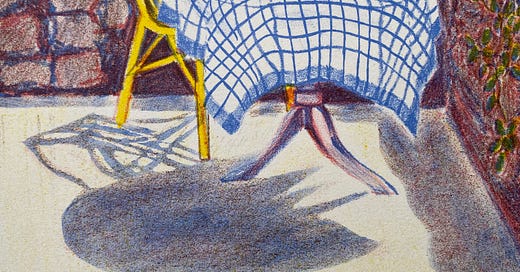




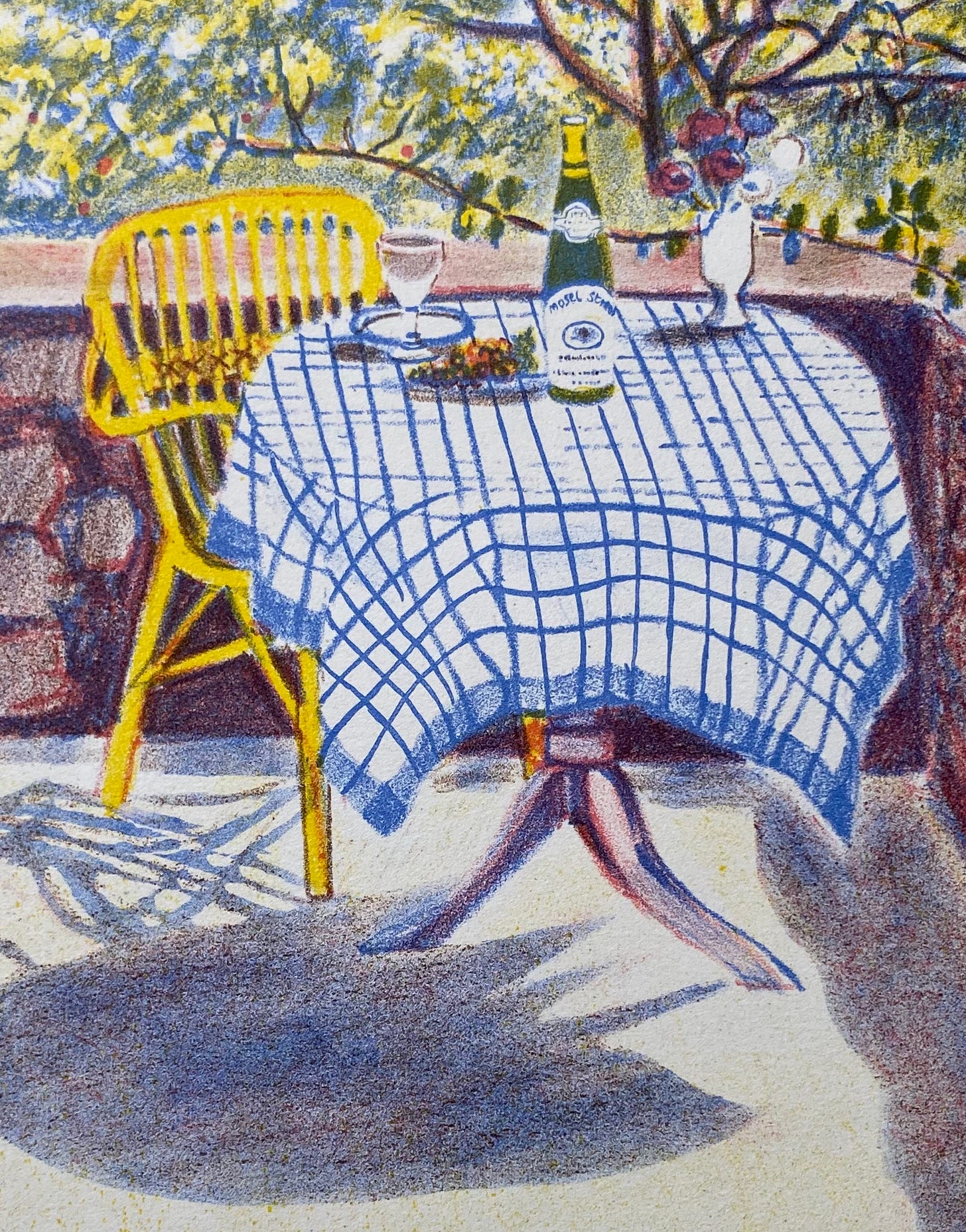
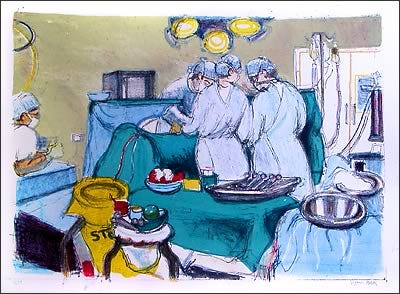
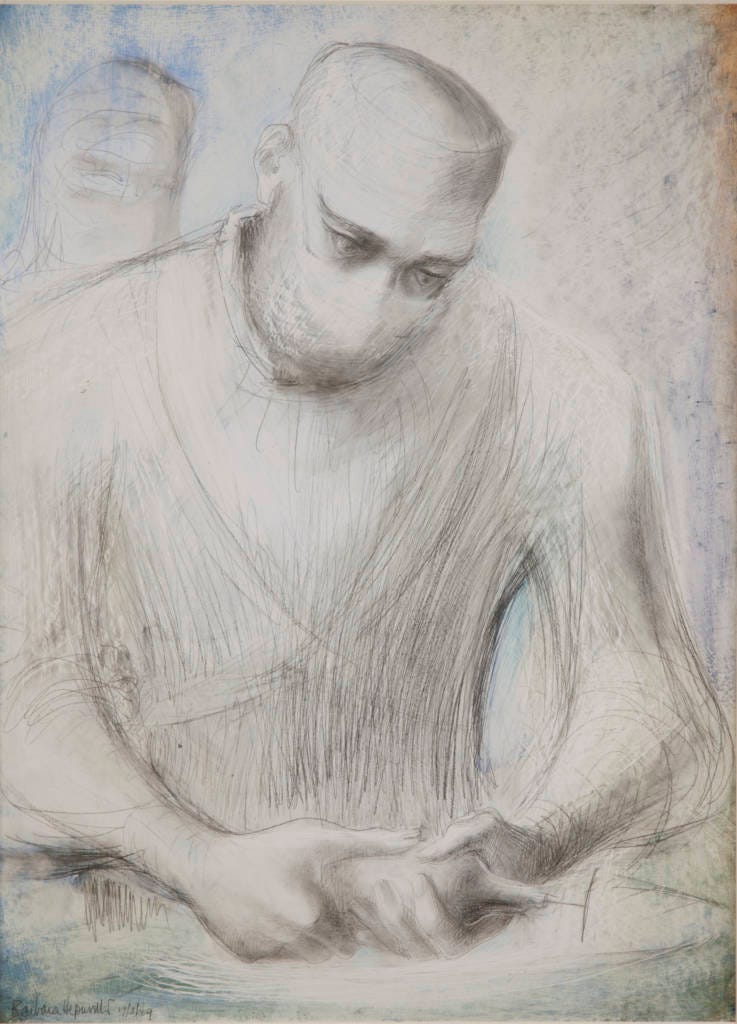
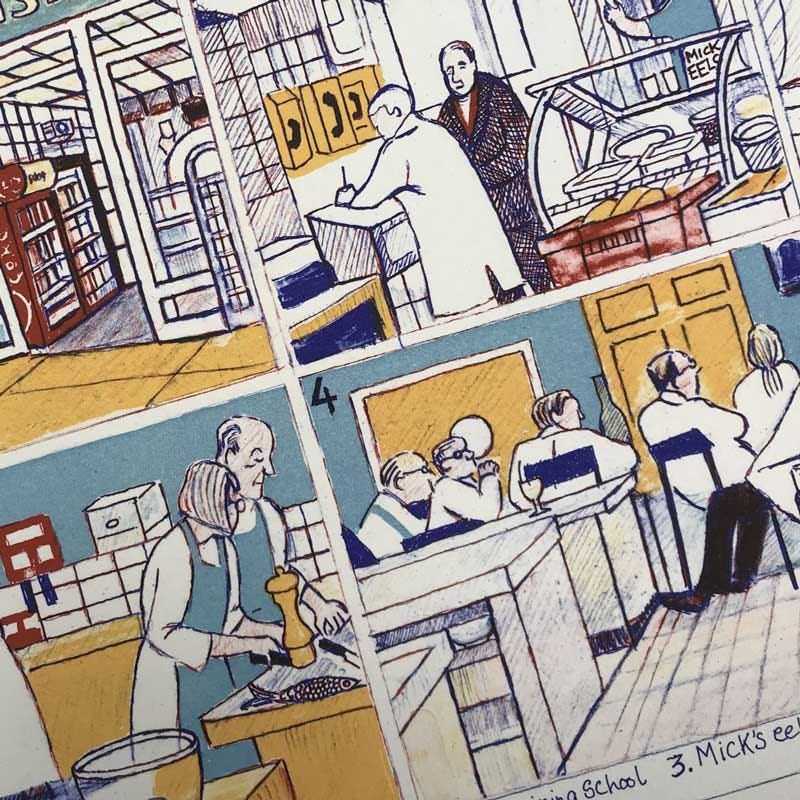
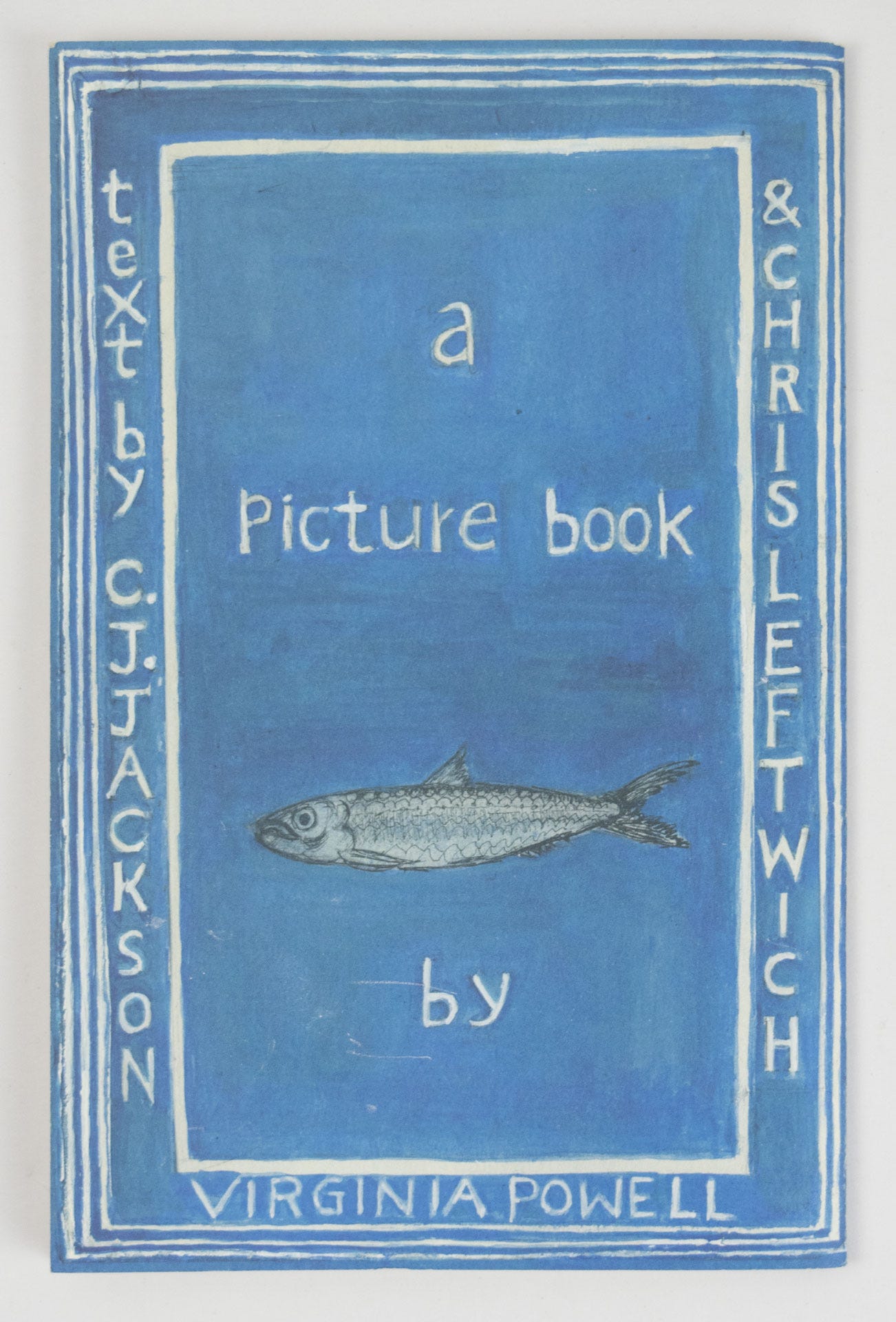
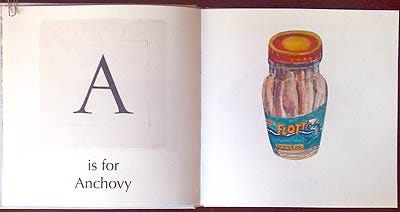
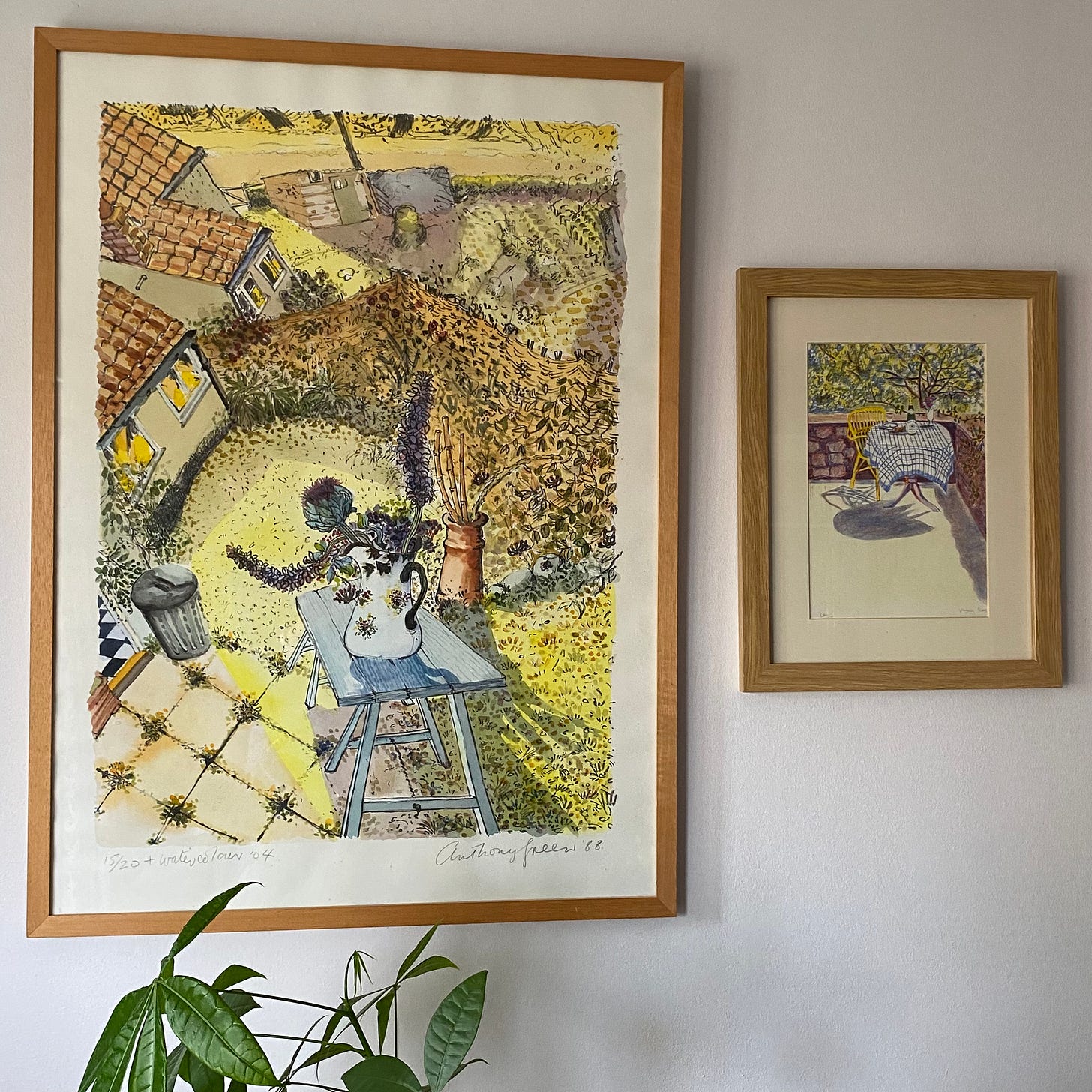
How fascinating!
I’ve been finding treasures of a sort in the boxes saved from my parents’ house after they died, so this resonated.
I would love to be sitting in that chair! I can feel the late afternoon sun, and see a beautiful Mediterranean bay through the trees. A really lovely picture.